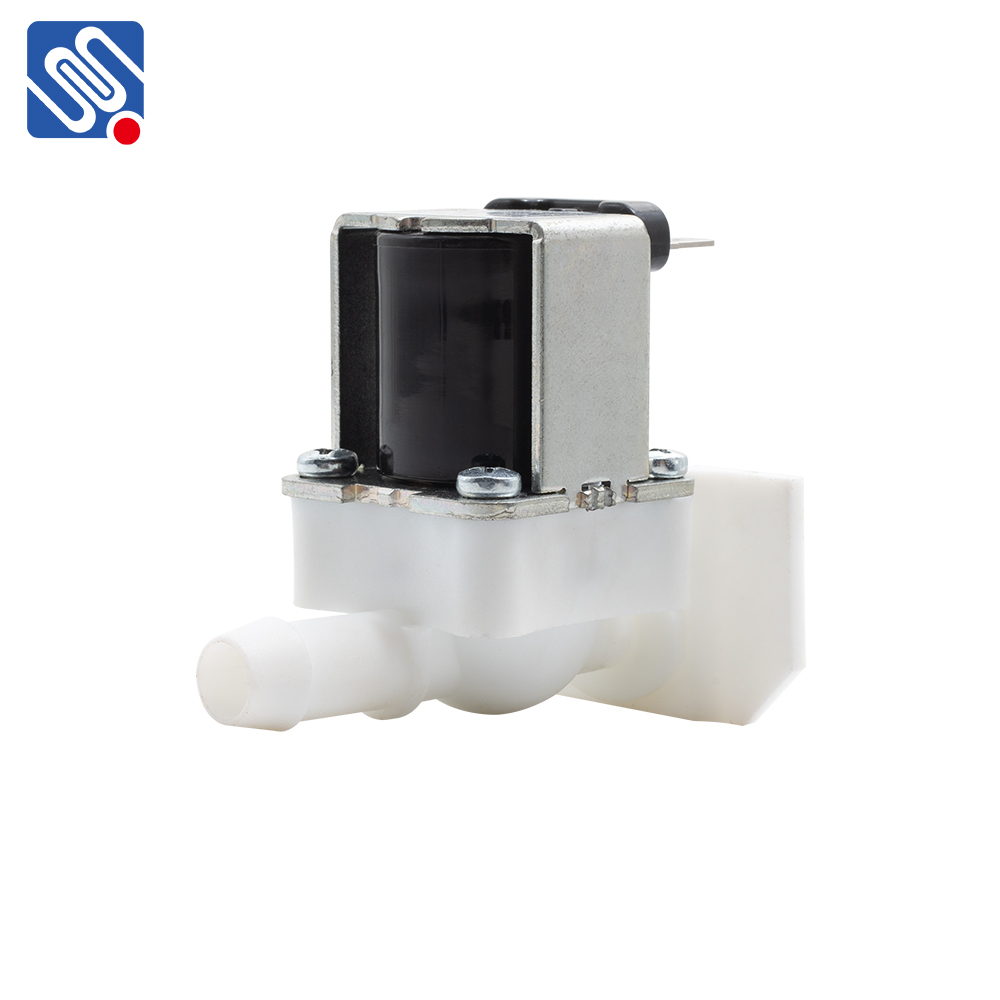Low Flow Solenoid Valves are essential components in systems requiring precise fluid control. Unlike standard solenoid valves, which manage higher volumes of liquids and gases, low flow solenoid valves are specifically designed to regulate smaller amounts of fluids with accuracy and efficiency. These valves find their place in various industries, from medical equipment to water treatment systems, and their operation is critical for applications that demand fine control over fluid movement.

What is a Low Flow Solenoid Valve? A solenoid valve is an electromechanical device that uses an electric current to control the flow of fluid through a pipe or hose. The current energizes a solenoid coil that generates a magnetic field. This magnetic field moves a plunger or armature, either opening or closing the valve, to control the flow of liquid or gas. In the case of a low flow solenoid valve, the flow rate is intentionally limited, often in the range of milliliters per minute to a few liters per minute. These valves are designed to handle small volumes with a high level of precision, which is crucial for systems that require exact measurements of liquid or gas flow.
Leave a Reply